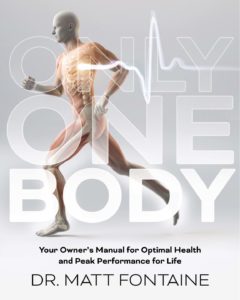24 Feb Leon Chaitow Talks About the Explosion of Fascia Research
Chaitow’s Chat on Explosion of Fascia Research It is critical to understand that fascia is what gives our soft tissues structural support. We now know that there exists a state of structural and functional continuity between all of the body’s hard and soft tissues, with fascia being the ubiquitous elastic–plastic, gluey, component that invests, supports and separates, connects and divides, wraps and gives cohesion, to the rest of the body – the fascial, connective tissue network. (Ingber 2008, Myers 2009) Without fascia, our muscles would be like a jelly substance without much form at all. The fascia contains sensitive nerves that convery proprioception(joint position sense) as well as pain nerve fibers. Fascia, when healthy, forms a gliding interface with underlying muscle [allowing] free excursion of the muscle under the relatively immobile skin. A plane of potential movement exists in the form of the areolar tissue layer, apparently lined with a lubricant, hyaluronic acid. (McCombe et al 2001) Chaitow goes on to show that when fascia gets mechanically loaded, injury can occur resulting in fibrosis and adhesion formation. This adhesion formation disrupts the normal “sliding and gliding” of the tissues. As the fascia thickens, it can disrupt balance and proprioception. This can result in binding up tissues that should slide and or stretch and thus disrupting motor patterns. This can lead to chronic tissue loading, further injury, and global soft tissue holding patterns’ (Myers 2009). The theme of the 3rd Fascia Research Congress (Vancouver, Canada, March 28 – 30, 2012) will be: Fascia: What do we know? What do we feel? Continuing the Scientist/Clinician Dialogue. As the organising committee have said : The 2012 Fascia Congress will centre on the latest and best research on human fasciae. Additionally—and recognizing the interests of clinicians in gaining insights that will bear on practical applications—the program will be designed to include more presentation time to relating the research findings to clinical issues, particularly the practical applications of fascial layers.” The conference website is http://www.fasciacongress.org/2012/ Click below to read Dr. William Brady’s Blog about how soft tissue injuries form. Hypoxic Fibrous Adhesion Production: Chemical Pathway and Clinical Importance Learn about a highly effective management system designed to detect and resolve soft tissue adhesions resultant from both acute and chronic repetitive injuries. Active Release Techniques Dr. Leahy on Active Release Techniques Learn How to Use a Foam Roller to Release Fascia and Muscle Tissue




